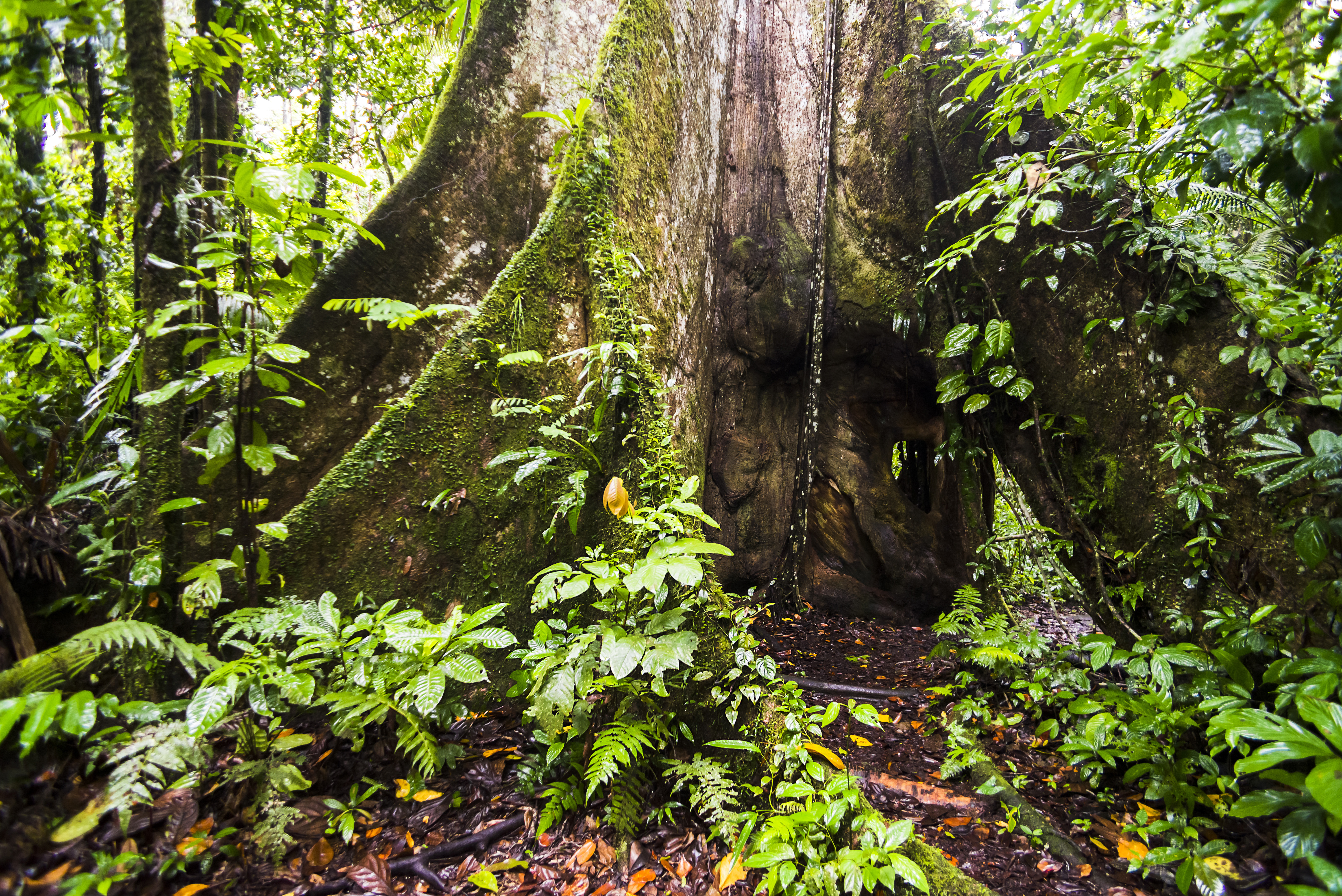Biodiversity is declining rapidly, and protected areas are central to slowing this trend, yet their effectiveness has not been well documented.
The GEF IEO and the United Nations Development Programme conducted a joint impact evaluation in 2013–2015, drawing on portfolio analysis of 618 projects in 137 countries, geospatial and species data, and field visits in seven countries.
The evaluation finds that GEF-supported protected areas experience lower forest loss than comparable sites, show positive trends in species populations, and face reduced local pressures. Investments also strengthen management capacity, community support, and legal frameworks that encourage wider participation, though sustainable financing remains a concern. At the systems level, GEF support contributes to governance change by embedding protected area approaches into national policy and planning.
The evaluation also highlights that long-term engagement, financial sustainability, and cross-scale linkages increase the likelihood of broader adoption.
The report recommends improving site selection with geospatial criteria, expanding benefit sharing with local communities, coordinating across sectors, streamlining reporting, and building a stronger evidence base for future learning.




